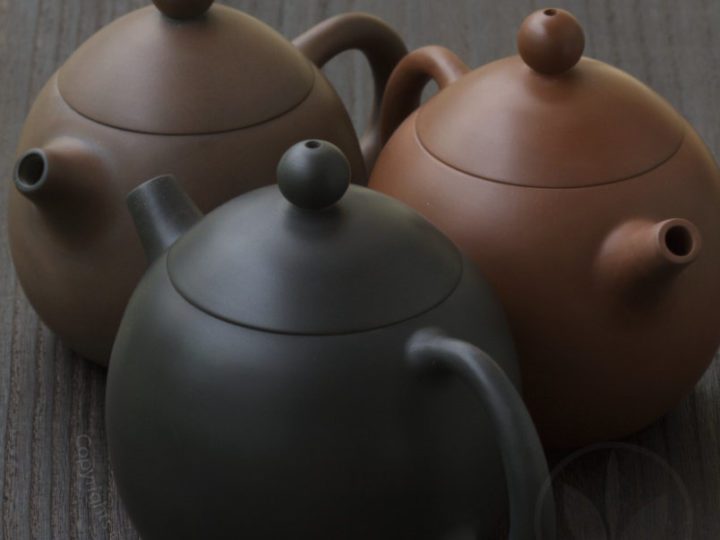Although in recent years the Taiwanese and the Japanese have developed techniques in mould casting teapots using materials derived from Yixing clays, traditional methods are still by far the most prevalent and best recognized for both collection and utilitarian purposes.
Slab-building: the Original Craft
Slab building and half-mould pressing are two major methods. They produce pots with intact original Yixing clay characteristics. Of the two approaches, building a pot from a slab, the most traditional way of doing it, is the most highly regarded in teapot making, in terms of both the craft and the market demand.
While the concept of slab building in ceramics is deceptively simple, making a fine Yixing pot takes great skills. The artist has to maintain clay consistency and finishes. Any blemishes will not be covered with glazes or roughness in treatment in the name of spontaneousness. Do note that the parts have to fit and work together with balance, smoothness and uniformity. Clay shrinks quite dramatically (usually 12 ~ 20%, depending on the formula and firing). The kind of precision these artists can achieve manually simply for a pot with aligned spout and handle and a fitting lid is in itself amazing, let alone elegance and precision in form and styling. Most practicing artists began working with clay since teenage, some even younger.
Below we see some of the steps of how an old master makes a pot similar to the Da Hong Pao we carry.
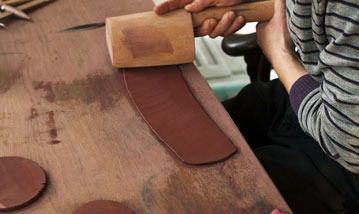

The slab for the body is pounded and rolled out with particular care and smoothed out with a knife.
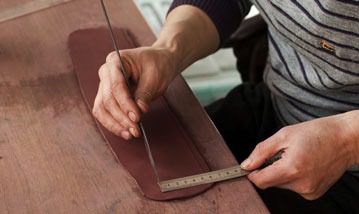

Cutting the slab to dimension.


Another slab that will act as the template for the circumference of the upper part of the pot is smoothed on the turntable.


If the artist wants a seal pressed on the insde of the pot belly, this is the time to do it.


The slab is then folded around the template; exccess cut and the seam sealed with clay slurry.


The lower part of the pot, now on top, is formed by pushing and patting.


The bottom rim is trimmed and a slab that will be a layer of the bottom is slided in and sealed with clay slurry.
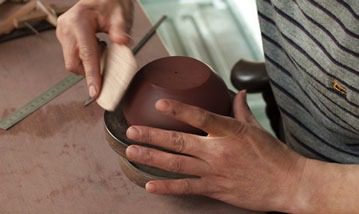

The surface of the lower part of the pot is now almost as good as finished.
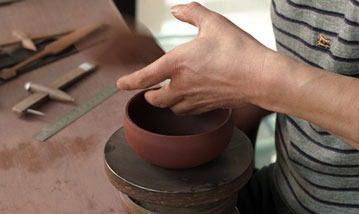

The pot is now turned over for style forming the upper part of the body
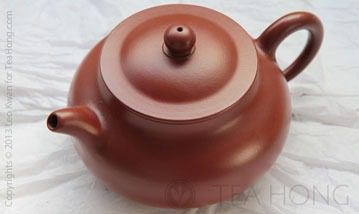

It’s a many step process and we have taken you through the basic idea. The ear (handle) and the spout are quickly rolled out and fit on. The lid, which is a complex structure, is also slab-built separately. This is a pot built with similar clay as in the demo.
- More…
- Yixing Teapots: The Clays
- Ergonomic Criteria for a Yixing Teapot
- Standard Traditional Forms
- Artist Ranking
See all Yixing pots
Related Tea Guardian article





